Long Range Weapon Establishment
Australia
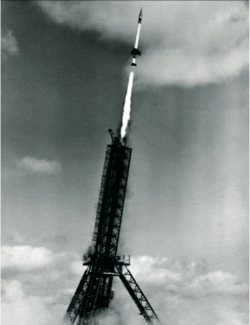
Established between 1967, the Honeysuckle Creek Tracking Station, along with the Tidbinbilla and Orroral Valley sites, supported NASA’s Deep Space Network, Manned Space Flight Network, and Spacecraft Tracking and Data Acquisition Network. The stations played a key role in supporting the Apollo 11 moon landing, with the Honeysuckle Creek facility providing the first historic pictures of man walking on the moon on July 20, 1969 (July 21st in Australia), as well as providing voice and telemetry contact with the lunar module.
Established 1965 the Orroral Valley Station, as well as the Honeysuckle Creek (1967) and Tidbinbilla (1965) sites supported NASA’s Deep Space Network, Manned Space Flight Network, and Spacecraft Tracking and Data Acquisition Network. The stations played a key role in supporting the Apollo 11 moon landing, with the Honeysuckle Creek facility providing the first historic pictures of man walking on the moon on July 20, 1969 (July 21st in Australia), as well as providing voice and telemetry contact with the lunar module.
Established 1965 the Tidbinbilla Tracking Station, as well as the Honeysuckle Creek (1967-1981) and Orroral Valley (1965-1985) sites, supported NASA’s Deep Space Network, Manned Space Flight Network, and Spacecraft Tracking and Data Acquisition Network. The stations played a key role in supporting the Apollo 11 moon landing, with the Honeysuckle Creek facility providing the first historic pictures of man walking on the moon on July 20, 1969 (July 21st in Australia), as well as providing voice and telemetry contact with the lunar module.
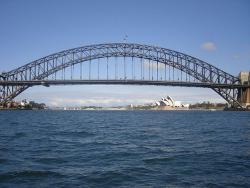
The design of the Sydney Harbour Bridge closely resembles the Hell Gate Bridge over the East River in New York City, conceived in 1916 by noted engineer Gustav Lindenthal and his chief assistant, O.H. Ammann.
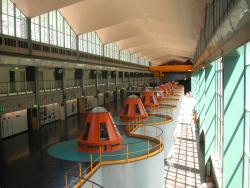
The scheme virtually reverses the flow of the Snowy River from its natural course toward the ocean and directs it inland. The entire complex includes 16 dams, seven power stations (with a production capacity of 3,740,000 kilowatts), over 90 miles of tunnels, a pumping station, and 50 miles of aqueducts.
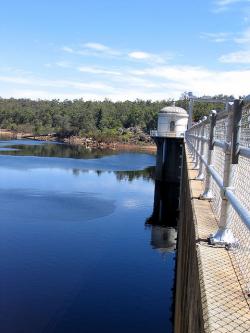
Originally known as the Coolgardie Goldfields Water Supply Scheme, the Goldfields Water Supply, Western Australia, has exceptional and unique cultural significance for Australia. Western Australia's first Premier, the dynamic and visionary Sir John Forrest, recognized the need for this extraordinary project to support the young and burgeoning gold mining industry in the dry interior of the state. In 1896 he directed C Y O'Connor, the colony's first Engineer-in-Chief, to find a permanent solution to the water supply problem in the area, which lacked any permanent surface water supplies and
Innovations
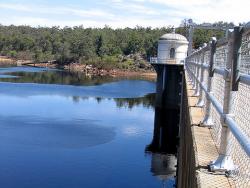
Originally known as the Coolgardie Goldfields Water Supply Scheme, the Goldfields Water Supply, Western Australia, has exceptional and unique cultural significance for Australia. Western Australia's first Premier, the dynamic and visionary Sir John Forrest, recognized the need for this…
Read More
The scheme virtually reverses the flow of the Snowy River from its natural course toward the ocean and directs it inland. The entire complex includes 16 dams, seven power stations (with a production capacity of 3,740,000 kilowatts), over 90 miles of tunnels, a pumping station, and 50 miles of…
Read More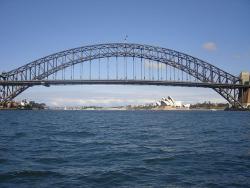
The design of the Sydney Harbour Bridge closely resembles the Hell Gate Bridge over the East River in New York City, conceived in 1916 by noted engineer Gustav Lindenthal and his chief assistant, O.H. Ammann.
The Sydney Harbour Bridge, with a span of 1,650 feet, is not only the longest…
Read MoreEstablished 1965 the Tidbinbilla Tracking Station, as well as the Honeysuckle Creek (1967-1981) and Orroral Valley (1965-1985) sites, supported NASA’s Deep Space Network, Manned Space Flight Network, and Spacecraft Tracking and Data Acquisition Network. The stations played a key role in…
Read MoreEstablished 1965 the Orroral Valley Station, as well as the Honeysuckle Creek (1967) and Tidbinbilla (1965) sites supported NASA’s Deep Space Network, Manned Space Flight Network, and Spacecraft Tracking and Data Acquisition Network. The stations played a key role in supporting the Apollo 11…
Read MoreEstablished between 1967, the Honeysuckle Creek Tracking Station, along with the Tidbinbilla and Orroral Valley sites, supported NASA’s Deep Space Network, Manned Space Flight Network, and Spacecraft Tracking and Data Acquisition Network. The stations played a key role in supporting the Apollo…
Read More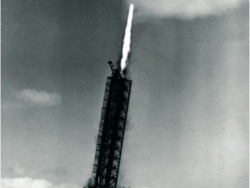
Long Range Weapon Establishment
Established in 1947 as a joint project between Britain and Australia, the Long Range Weapon Establishment, more familiarly known as the Woomera Rocket Range, has…
Read More

